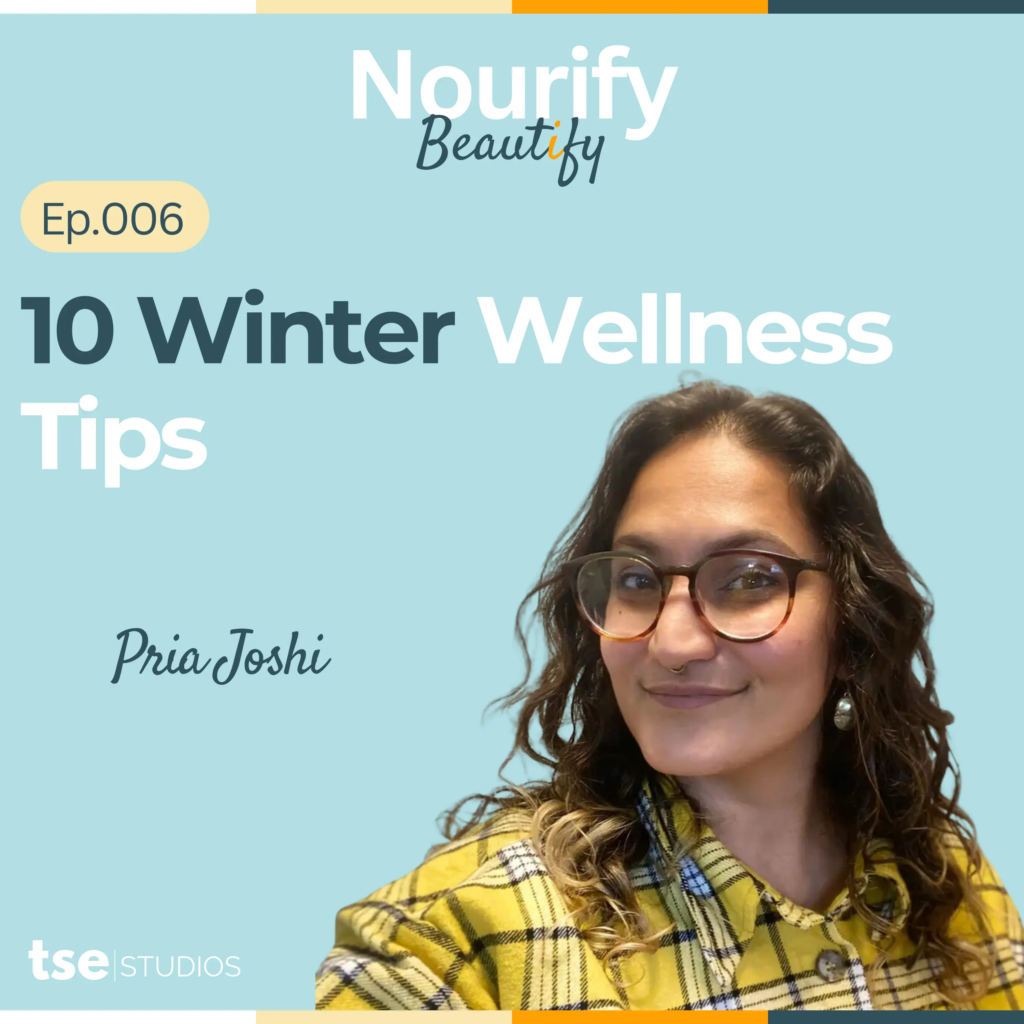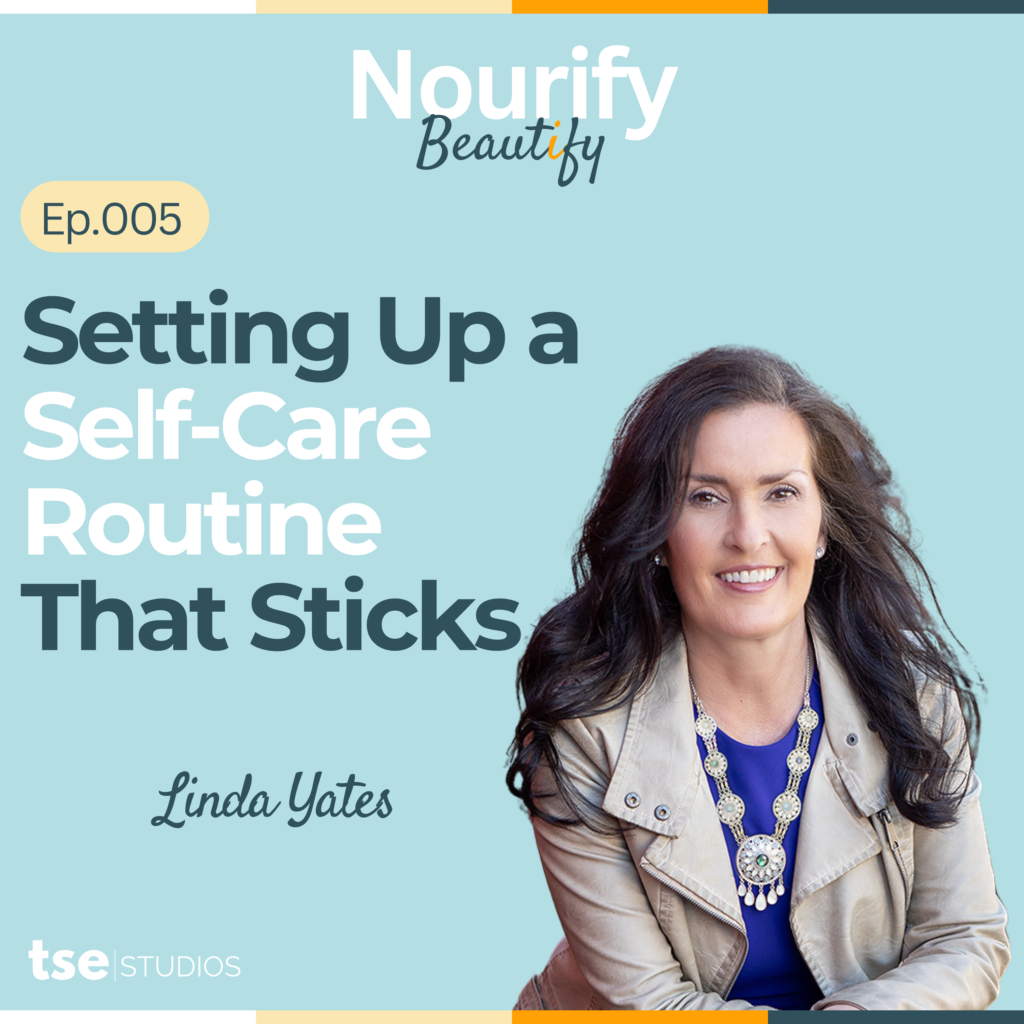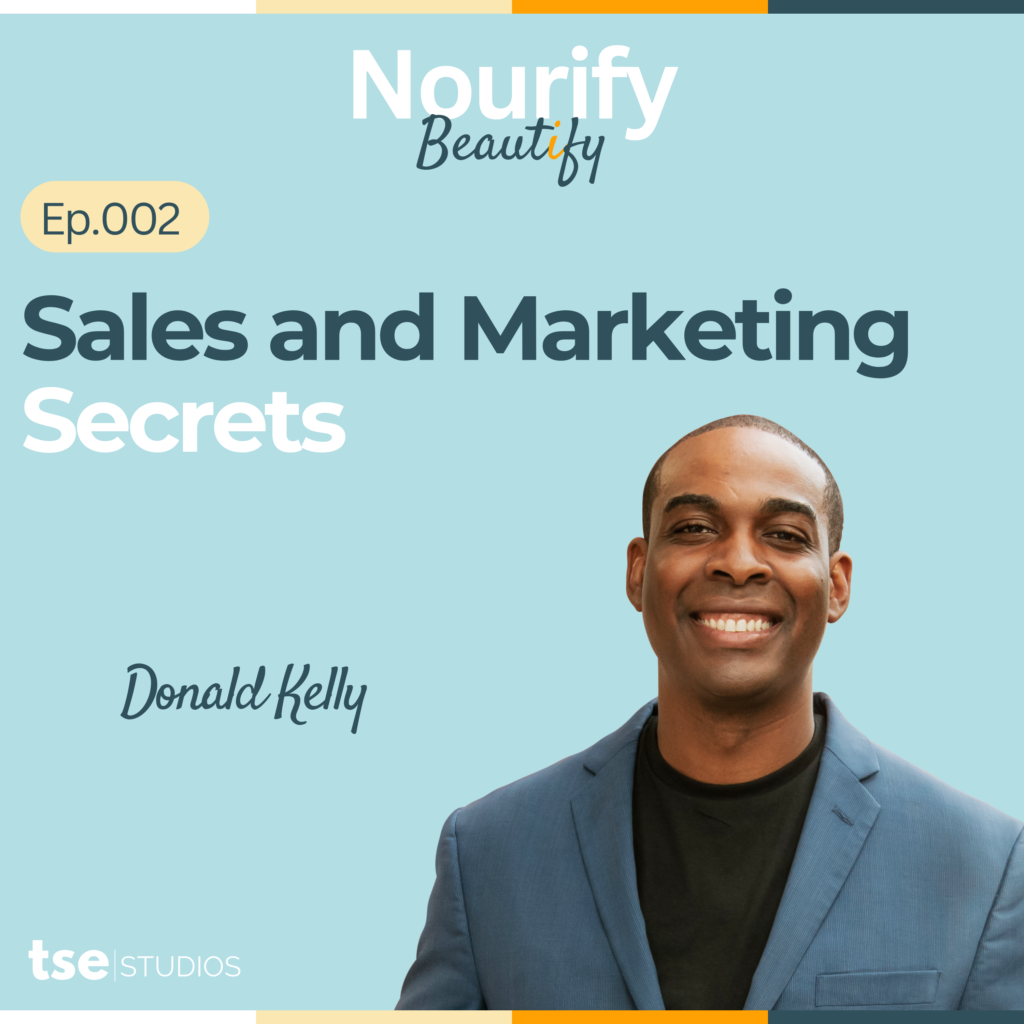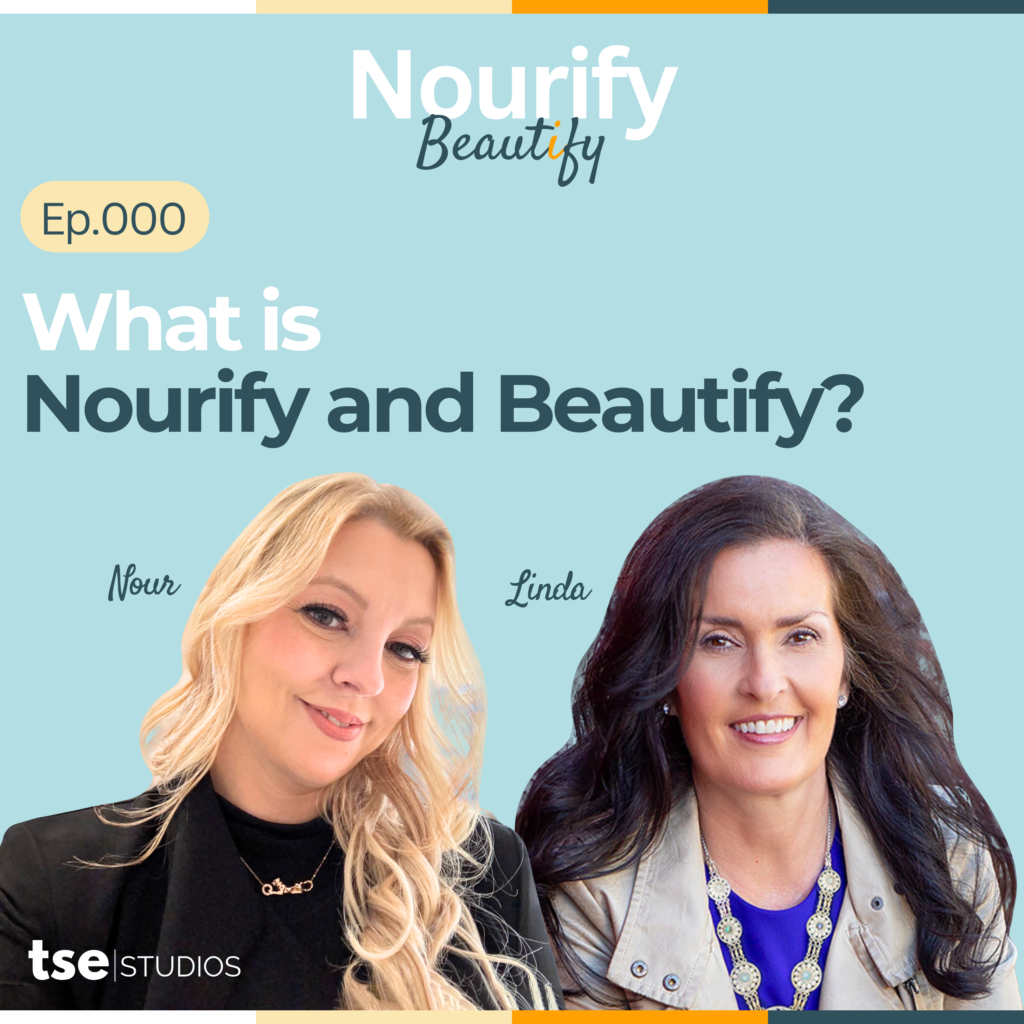Jasmine wasn’t new to beauty. She owned a boutique skincare brand, had a shelf full of serums that looked like they belonged in a gallery, and could spot a cheap hyaluronic acid from a mile away. But lately, something wasn’t clicking. Her skin looked duller. Her nails chipped faster. Even her energy dipped, like her body was whispering something she couldn’t quite catch. She switched moisturizers. Doubled down on collagen powders. Booked facials that cost more than a weekend getaway. Still, nothing. It wasn’t until a nutritionist friend asked her a simple question—“What’s your protein intake like?”—that something shifted. Not protein in the gym-bro sense. The kind that feeds your cells, fuels your focus, rebuilds your skin from the inside. That led to another word she hadn’t paid attention to before: amino acids. Not trendy. Not sexy. But foundational. That was the moment Jasmine stopped treating her skin like a surface problem. And started listening to what her body was quietly asking for all along. So, what are amino acids—and why haven’t we talked about them sooner? Jasmine had spent years obsessing over ingredients—vitamin C, retinol, peptides. She could rattle off their benefits like a walking beauty glossary. But the deeper she went into her amino acid rabbit hole, the more surprised she felt. Turns out, amino acids were everywhere. Not just in protein powders or sciencey labels, but in the very fibers of who we are. Muscles, hormones, enzymes, even the skin she spent so much time treating—built, repaired, and kept glowing thanks to these tiny molecules. There are twenty amino acids the body uses. Nine of them? You have to get from food—your body can’t make them. The rest, your body can produce if it has the right conditions and nutrients. But here’s the part most people miss: it’s not just about eating enough protein. It’s about getting the right kinds, in the right combinations. It made Jasmine wonder: how did something this essential get so overlooked in beauty and wellness circles? Maybe because amino acids don’t scream for attention. They don’t come in trendy packaging or promise overnight results. But they’re the quiet workers behind the scenes—building collagen, strengthening hair strands, repairing skin cells after a long day in the sun. And once she saw that, she couldn’t unsee it. Skin, hair, nails, and your morning smoothie—how amino acids show up The first place Jasmine noticed a change was her skin. Not just the surface glow people talk about, but a deeper kind of resilience. It healed faster. Felt less reactive. Makeup sat better, even without primer. That wasn’t just hydration or good lighting. It was glycine and proline at work—two amino acids her body used to stitch together collagen, the protein that keeps skin firm and springy. Her hair? Same story. After months of breakage and thinning ends, it started to hold itself together. Like it finally had the blueprint to rebuild. Keratin, the main protein in hair, is loaded with amino acids like cysteine and methionine—ones she hadn’t been getting enough of until she changed how she fueled her body. Even her nails stopped peeling. That brittle, flaky texture she thought was from too many manicures turned out to be a lack of raw materials. Not polish. Not biotin gummies. Amino acids. It started to feel less like a beauty routine and more like architecture. And her smoothie? That became her daily construction crew—complete with protein, seeds, and even spirulina on days she felt extra. She wasn’t chasing glow anymore. She was feeding it. Beyond the mirror—amino acids and mental clarity, sleep, and mood Jasmine didn’t expect her focus to sharpen. She’d gone down the amino acid path for her skin, sure—but one morning, while prepping for a pitch meeting, she realized something had shifted. Her brain felt on. No fog. No dragging her thoughts through mud. She wasn’t reaching for her third coffee before noon. She was just… clear. What she hadn’t known back then was that her brain was just as hungry for amino acids as her skin. Tyrosine helps the body make dopamine—the chemical that gets you out of bed with purpose. Tryptophan is the starting point for serotonin, which keeps your mood stable. Glycine and GABA work behind the scenes, calming the nervous system, smoothing out sleep, helping you switch off when it’s time to rest. The missing link in her stress, insomnia, and burnout cycle? It wasn’t hustle. It was chemistry. And once she started feeding her body what it needed to build those neurotransmitters, things began to settle. She felt more grounded in meetings. Less anxious at night. Her body felt like it was finally exhaling. The real glow-up wasn’t just about better skin—it was about getting her mind back. The practical part—how to nourish your body with amino acids Jasmine’s fridge didn’t turn into a science lab overnight. She just started making small, smarter choices. It began with breakfast. Instead of toast and coffee, she leaned into protein—eggs, a sprinkle of hemp seeds, maybe a dollop of Greek yogurt. Not because it was trendy, but because she learned that real food carries real amino acids. The kind her body could recognize and actually use. Lunchtime meant quinoa bowls, not just for the Pinterest aesthetic but because it’s one of the few plant-based sources with all nine essential amino acids. She added beans, leafy greens, maybe some grilled chicken or tofu. Simple. Balanced. And quietly powerful. Her smoothie? It got an upgrade. A scoop of clean protein powder, a handful of pumpkin seeds, even a little spirulina on days she felt adventurous. Not for the gram—for her mitochondria. Supplements weren’t off the table, either. But she didn’t treat them like shortcuts. If her diet came up short—say, during a stressful week or travel-heavy month—she’d reach for a basic amino acid blend. Nothing fancy. No gimmicks. Just support. The goal was never perfection. It was nourishment. A quiet rebuilding that started on her plate and ended in how she











